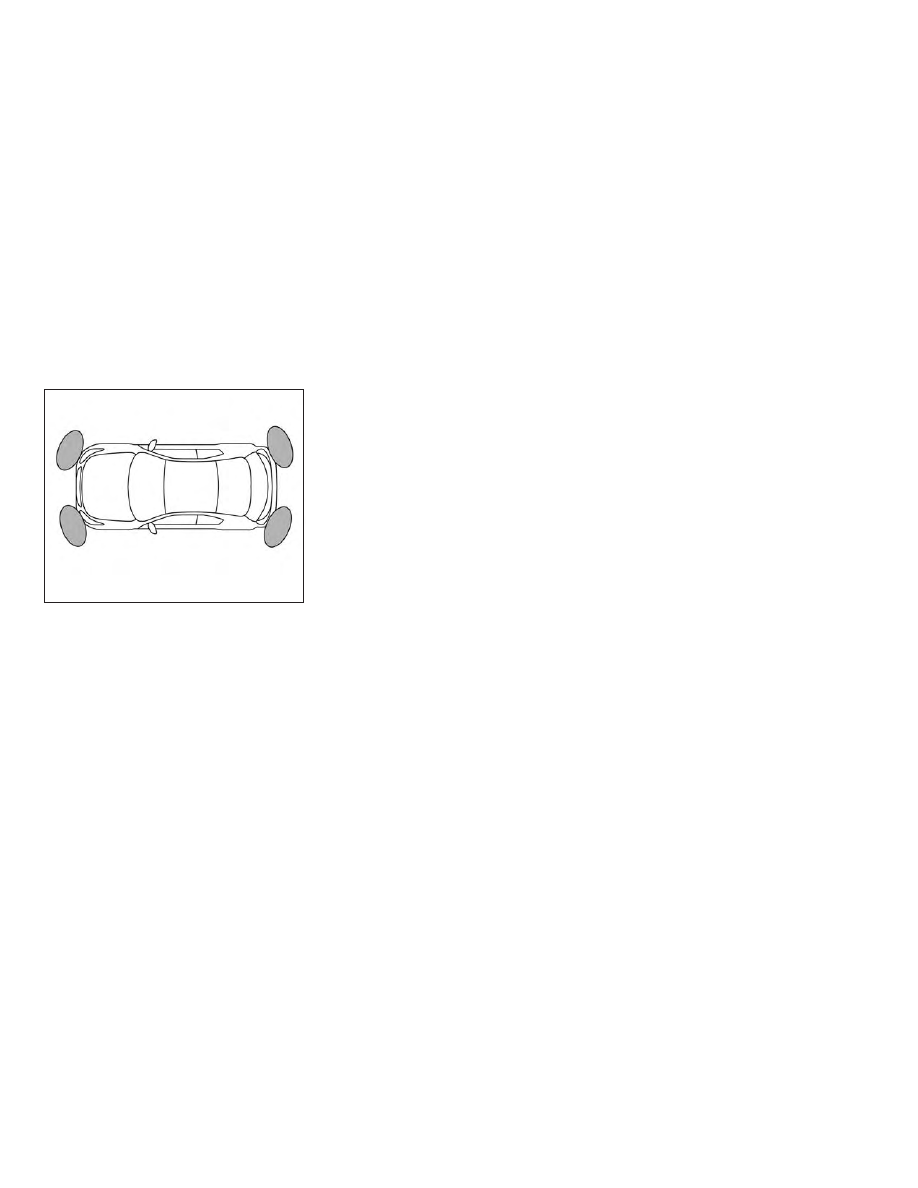Infiniti QX60 (2019 year). Manual - part 26

SYSTEM MAINTENANCE
The sonar sensors are located on the front
and rear bumpers. Always keep the area near
the sonar sensors clean.
The sonar sensors may be blocked by tempo-
rary ambient conditions such as splashing
water, mist or fog.
The blocked condition may also be caused by
objects such as ice, frost or dirt obstructing
the sonar sensors.
Check for and remove objects obstructing
the area around the sonar sensors.
Do not attach stickers (including transparent
material), install accessories or apply addi-
tional paint near the sonar sensors.
Do not strike or damage the area around the
sonar sensors. It is recommended that you
visit an INFINITI retailer if the area around
the sonar sensors is damaged due to a colli-
sion.
FREEING A FROZEN DOOR LOCK
To prevent a door lock from freezing, apply
de-icer through the key hole. If the lock be-
comes frozen, heat the key before inserting it
into the key hole, or use the INFINITI Intelli-
gent Key.
ANTIFREEZE
In the winter when it is anticipated that the
temperature will drop below 32°F (0°C),
check the antifreeze to assure proper winter
protection. For additional information, refer
to “Engine cooling system” in the “Do-it-
yourself” section of this manual.
BATTERY
If the battery is not fully charged during ex-
tremely cold weather conditions, the battery
fluid may freeze and damage the battery. To
maintain maximum efficiency, the battery
should be checked regularly. For additional
information, refer to “Battery” in the “Do-it-
yourself” section of this manual.
LSD2135
COLD WEATHER DRIVING
5-144
Starting and driving